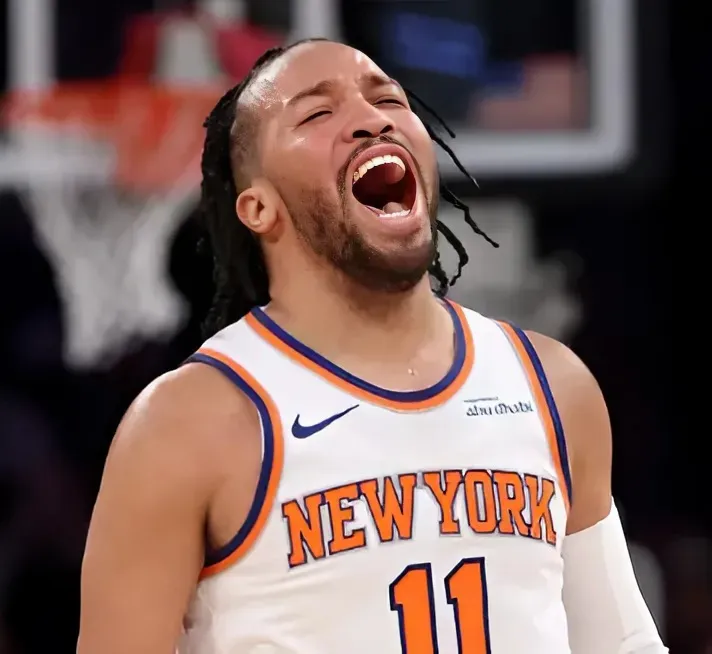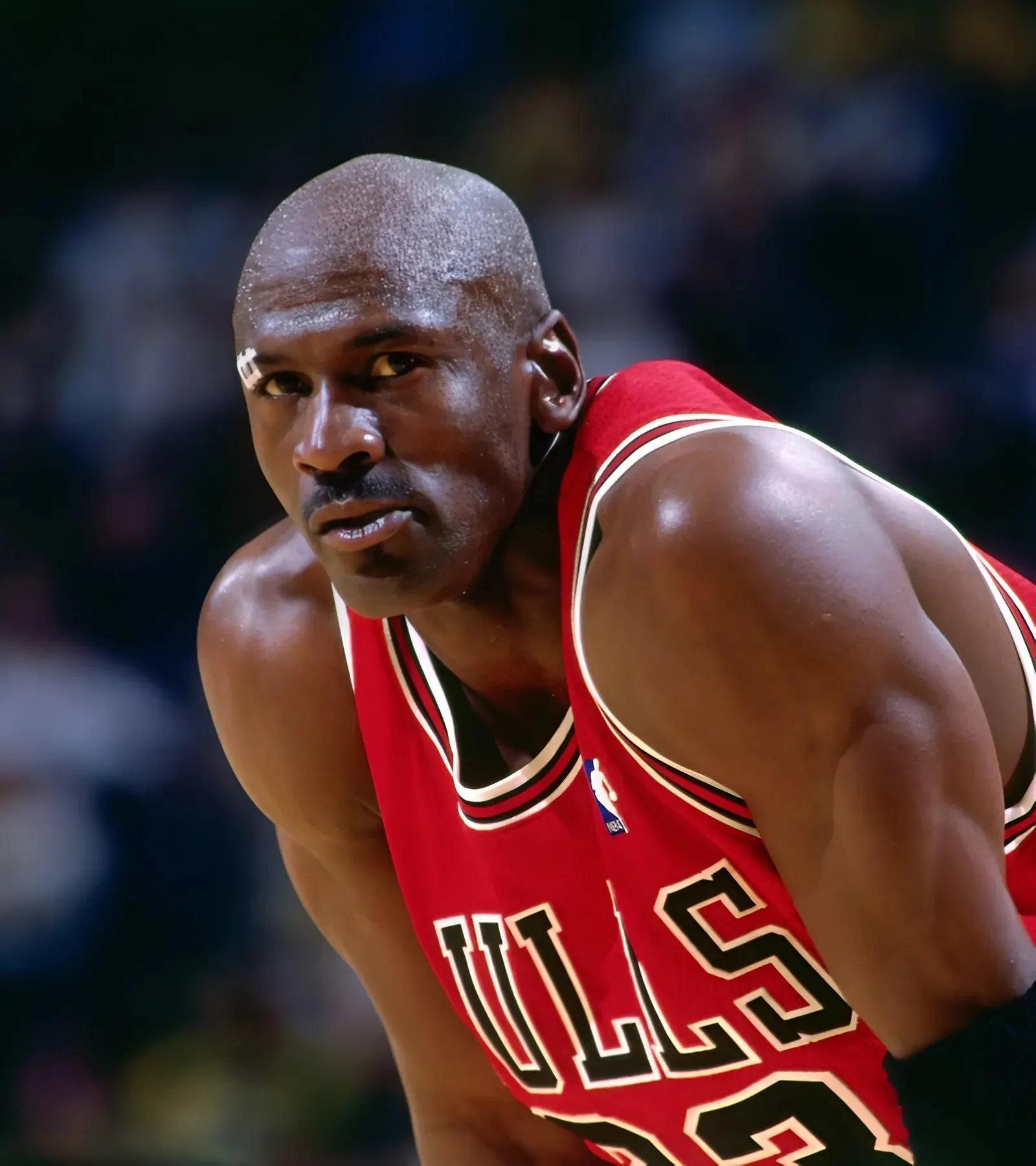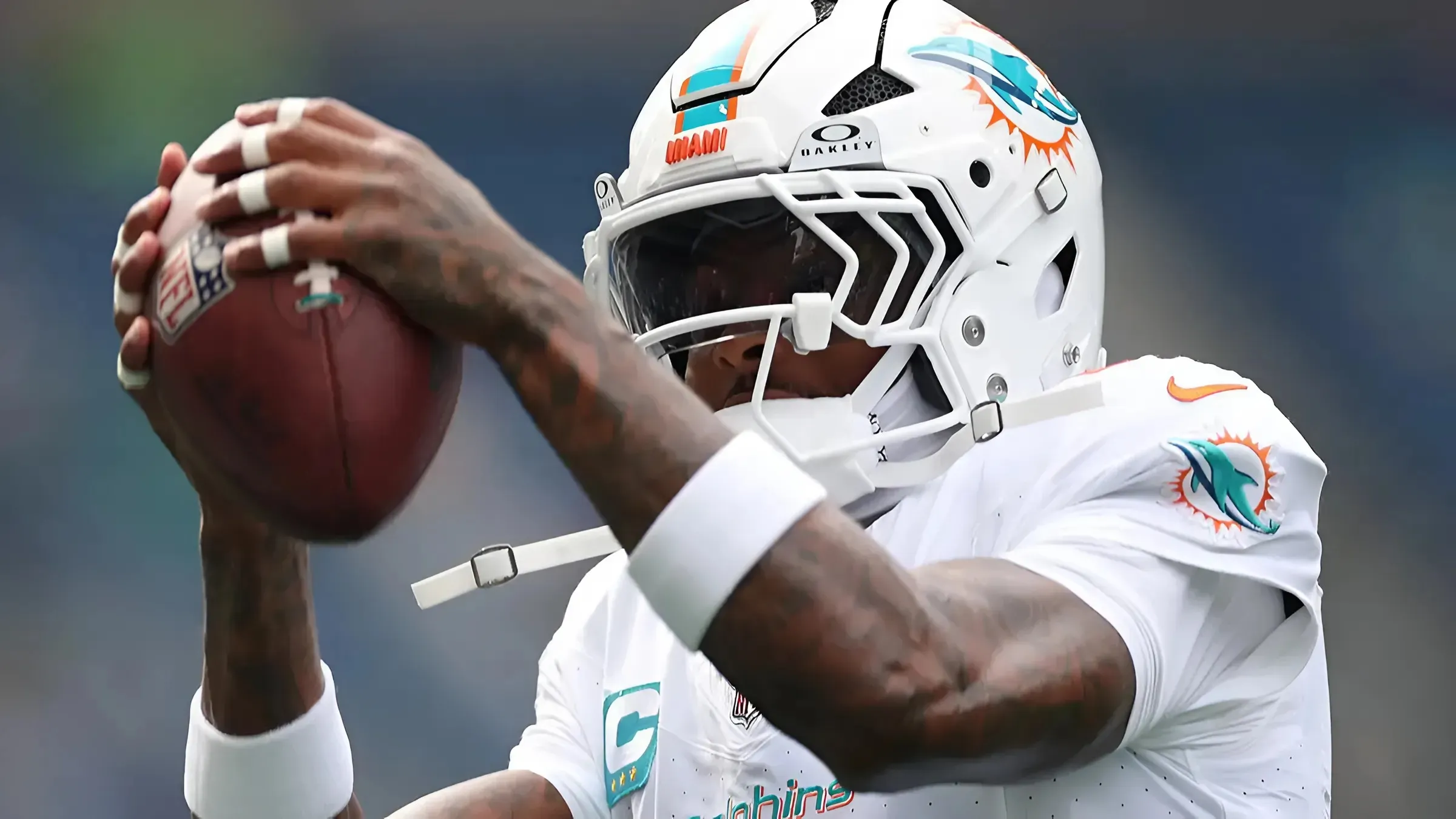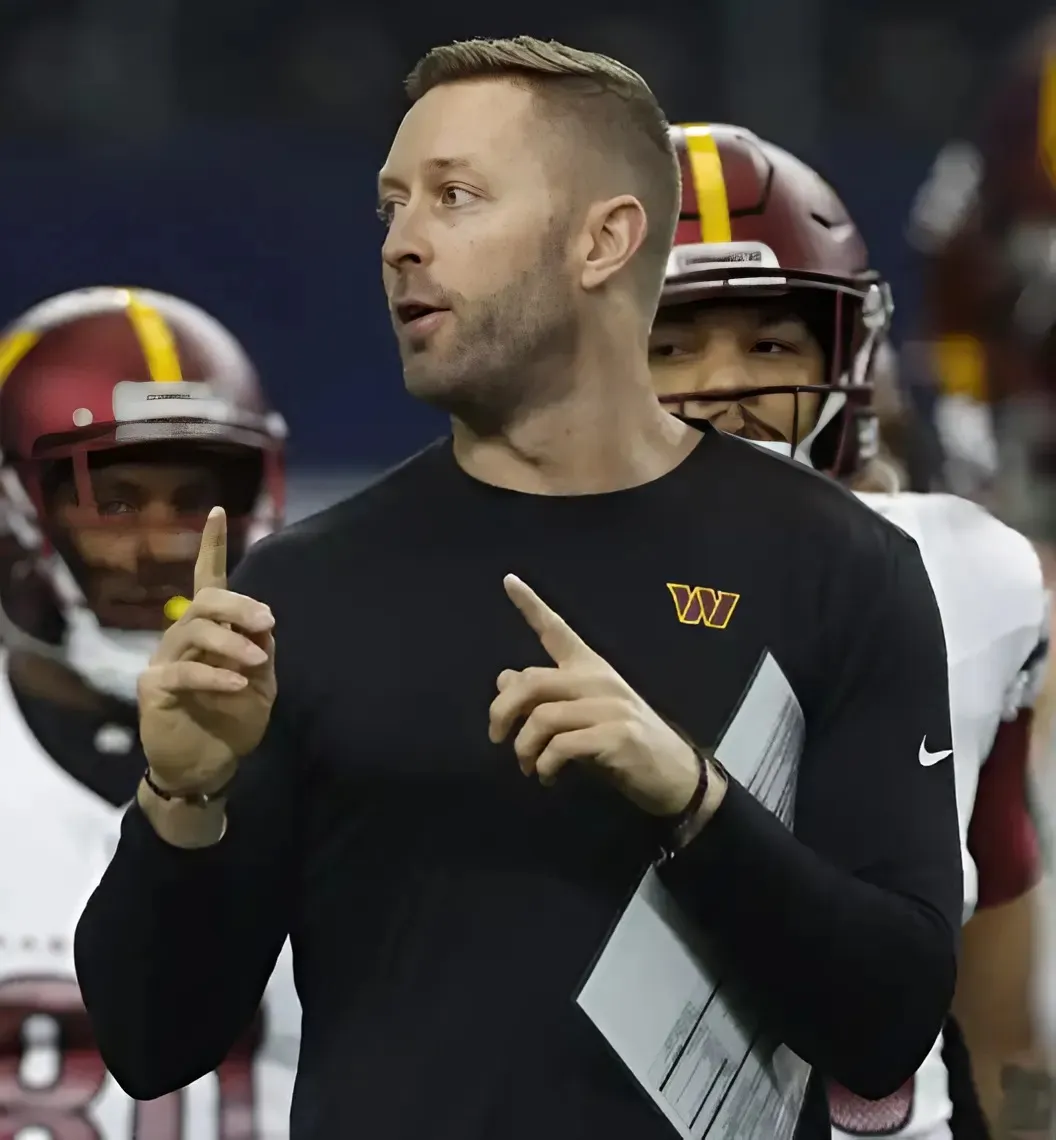It hasn't been much fun for the Washington Commanders' fans over the last, oh, three decades or so. The franchise has struggled to engage the fan base thanks to poor play, mediocre coaching, and a stadium nobody seems to like.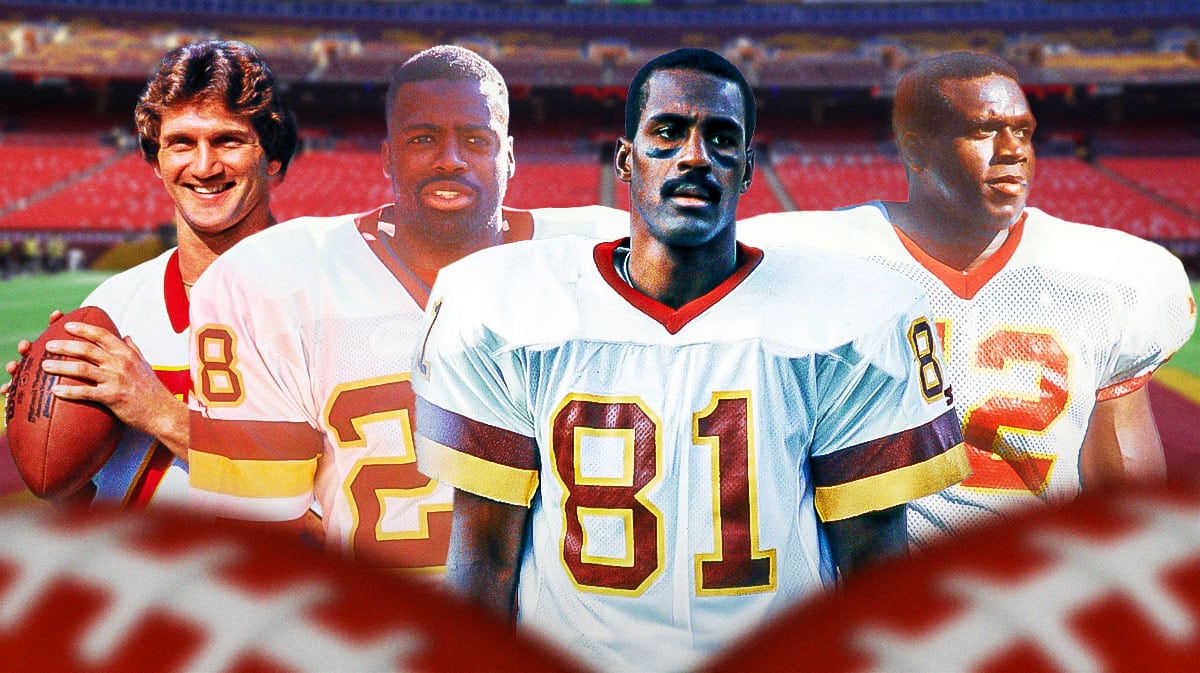
But new owners have taken over, they drafted a new quarterback with the No. 2 pick overall that took the NFL by storm, won AP Offensive Rookie of the Year, and led the Commanders to the NFC Championship Game. So let's rank the 10 greatest Commanders' players of all time and dream of where Jayden Daniels may end up on this list when his career is complete.
The franchise began in 1932 as the Boston Braves. Five years later, it moved to Washington, D.C., and the nickname became Redskins, which stayed until was changed, laughably, to Football Team in 2020 before it became the more-respectable Commanders in 2022.
WR Art Monk one of Commanders' most popular players
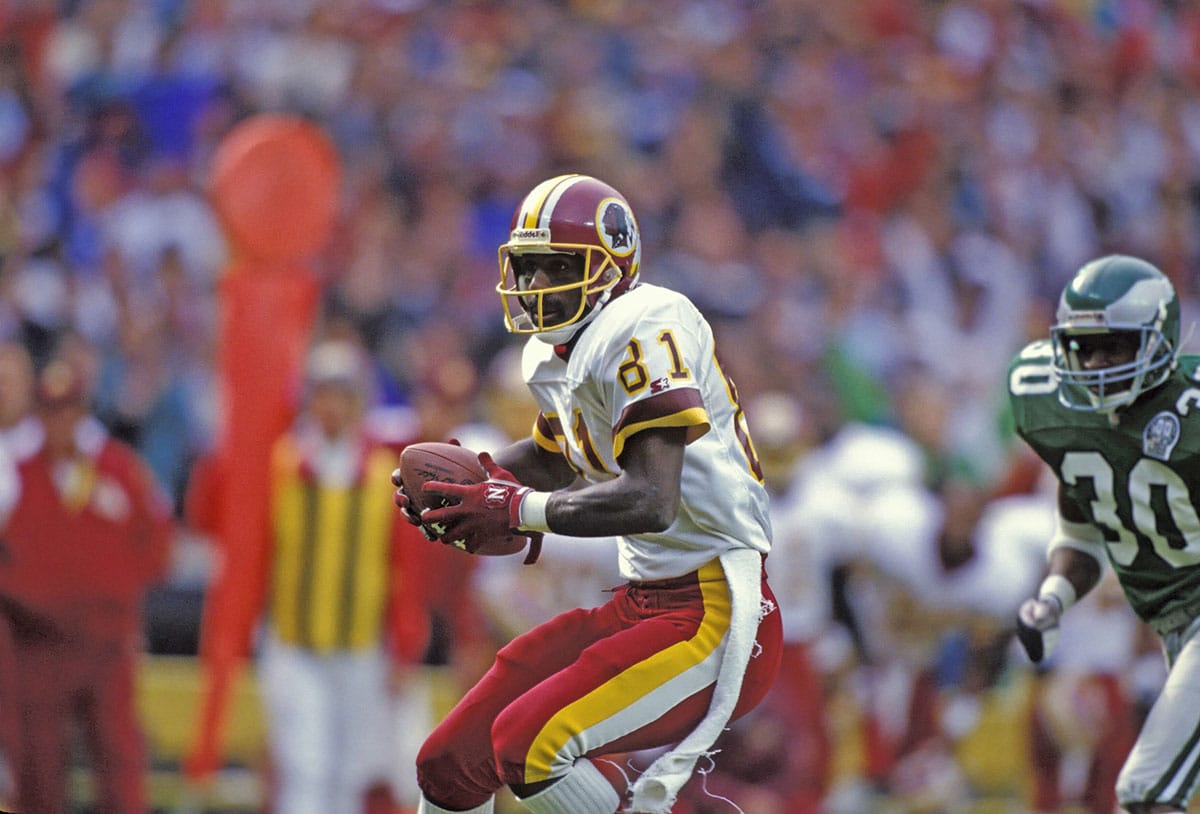
For those who are willing to play along, and to avoid a spoiler-alert situation, the featured photo is of player No. 3.
If this list was ranked according to popularity, Monk might have a shot at the top spot. He came in as a rookie in 1980 and was a lineup fixture for 14 seasons. He played on all three Super Bowl champions for Washington and became a Hall of Famer despite playing with a mixed bag of quarterbacks throughout his career.
It should be noted that this top 10 does not include other popular players, such as Sonny Jurgensen, Ken Houston, Charley Taylor and Chris Hanburger. They were all fine players, but this list targets the players who made the biggest impact for the franchise. And the greatest run it ever had came from 1982 to 1991.
Let the countdown begin:
10. TB/QB Slinging Sammy Baugh, NFL innovator
Fans can be forgiven if they don't spend much time reminiscing on the Commanders' franchise history prior to the Super Bowl era. After all, the then-Redskins went 25 straight seasons without making the playoffs.
However, before that drought, the Redskins were a powerhouse, reaching the NFL title game five times and winning twice between 1936 and 1945. And the leader of that era was Hall of Famer Sammy Baugh.
Baugh is remembered as an innovator of the NFL passing game, but he actually started as a tailback in a single-wing formation in which the tailback was the primary passer. However at the time, the forward pass was considered a trick play or a desperate ploy when trailing.
Baugh helped to change that perception as he led the NFL in pass completions and passing yards as a rookie in 1937 to lift the Redskins to their first NFL title as they beat the legendary Chicago Bears 28-21. Baugh had TD passes of 55, 78, and 35 yards, all in the third quarter.
The Redskins won it all again in 1942 as Baugh was named First Team All-Pro for the fourth time in his career. They again beat the Bears in the title game with Baugh throwing a 38-yard TD pass in a tight defensive battle the Redskins won 14-6.
Baugh played 16 years for the Redskins and led the NFL in passing yards four times and in completion percentage eight times. He made six Pro Bowls and was voted into the Hall of Fame in 1963. Washington also retired his jersey number.
9. DE Dexter Manley, the beast
Manley was selected in the fifth round of the 1981 NFL Draft by Washington, and he quickly made other teams realize they made a mistake.
By this third season, he reached double-digit sacks, and in 1986 earned All-Pro honors. He totaled 18.5 sacks that year and earned the runner-up spot in the AP defensive player of the year voting. In nine seasons with the Commanders he had 8.5 or more sacks in seven of them.
Manley's relentless pursuit of the passer and top-level tackling skills made him a critical part of the Washington defense.
But what Manley will most be remembered for is the play against Dallas in the 1982 NFL Championship game. Nemesis and longtime rival Dallas came to RFK Stadium. The first thing Manley did was knock Cowboys quarterback Danny White from the game.
Then with seven minutes left in the fourth quarter and Washington leading 24-17, Manley leaped into the air and deflected QB Garry Hogeboom’s screen-pass attempt. Darryl Grant grabbed in out of the air and raced 10 yards for the game-clinching score.
Manley’s inclusion in the Top 10 isn’t because of one play, but it sure helped.
8. OT Dave Butz, the mountain
By the time Washington became a mainstay near the top of the NFL, Butz had been in the league for almost a decade.
Drafted by the St. Louis Cardinals in the first round in 1973 (No. 5), he came to Washington in 1975. All it took were two first-round picks and a second-rounder. (Oh, that George Allen. The head coach who once traded the same pick twice. But this turned into one of Allen's better draft-pick trading moves).
The reason for Butz’ value came in two major forms. First, he stood 6-foot-7 and weighed 291 pounds — a mountain of a man. Second, he could not be moved by offensive linemen.
When legendary coach Joe Gibbs put his ball-control offense into place in the early 1980s, it needed to do two things to be successful — run on offense and stop the run on defense. It didn’t always matter who played on either side of Butz, running up the middle — which NFL teams loved to do in those days — turned into a no-fun zone.
In 1983, Butz finished third in the AP defensive player of the year voting and earned All-Pro honors. Surrounded by players like Manley, Grant and Charles Mann, Butz recorded a career-high 11.5 sacks. He followed up in 1984 with a second-team All-Pro selection.
7. WR Gary Clark, the elusive
When NFL people talk about a “freak,” they usually mean some big guy who also runs incredibly fast with a ton of strength. But Clark was a freak in a different way.
At 5-foot-9 and 173 pounds, he could be guarded about like Miami’s Tyreek Hill can be these days. As a rookie in 1985 — he came to Washington in the second round of the draft after the USFL had folded — Clark caught 72 passes for 926 yards and five touchdowns.
In his second season, Clark’s 74 catches for 1,265 yards were second in the NFC only to — Jerry Rice!
On a team that like to control possession and eat clock, Clark turned in five 1,000-yard receiving seasons over a six-year span. And his touchdown totals for those years were 7, 7, 7, 9, 8, 10. Consistent and superb. He earned three All-Pro honors, including a First Team spot in the strike-shortened 1987 season.
Also, Clark presented availability. In his eight seasons in Washington, Clark played in 16 games five times and 15 twice.
6. QB Joe Theismann, the leader
Drafted by the Miami Dolphins in 1971, Theismann didn’t sign and played in Canada for three seasons. The Redskins traded a No. 1 pick for his rights (there’s that George Allen again), and he began his Washington career as — a punt returner.
But by 1978, Theismann earned the starting role. And in 1982, he led the franchise to its first-ever Super Bowl victory, ironically beating the Dolphins in the final game.
Theismann’s career was gruesomely cut short by Lawrence Taylor’s Monday Night Football sack in 1985. But the numbers were strong. He passed for over 2,500 yards six times in a seven-year stretch, including 3,568 in 1981 before Gibbs installed the run-first approach.
And Theismann became a perfect complement to the strategy, consistently taking advantage of defenses that had no choice but to load up and try to stop the running game.
In 1983, Theismann threw for 3,714 yards and 29 touchdowns on an offensive juggernaut team. He earned AP Most Valuable Player and Offensive Player of the Year awards.
5. Russ Grimm, the worker
Washington had tremendous skill players, but that big, porky offensive line made things click in the 1980s. Nicknamed The Hogs, the group made a living with consistent blocks and ruining every defensive scheme. The trademark came in the form a devastating counter-trey run.
And Grimm, a third-round pick in 1981, made it work. For three straight years (1093-85), the 6-3, 270-pounder turned in All-Pro performances. And he earned second-team honors in 1986.
Offensive line coach Joe Bugel told profootballhof.com, “He was one of the most complete football players, and people, that I've ever coached. He could play all the positions – center, guard, and tackle. He just came to work every day.”
Show up. Work. Block. Win. Sleep. Rinse. Repeat.
